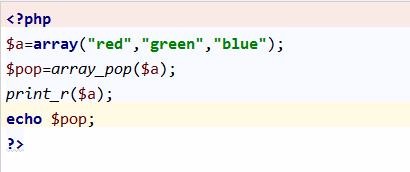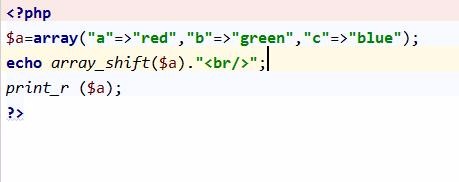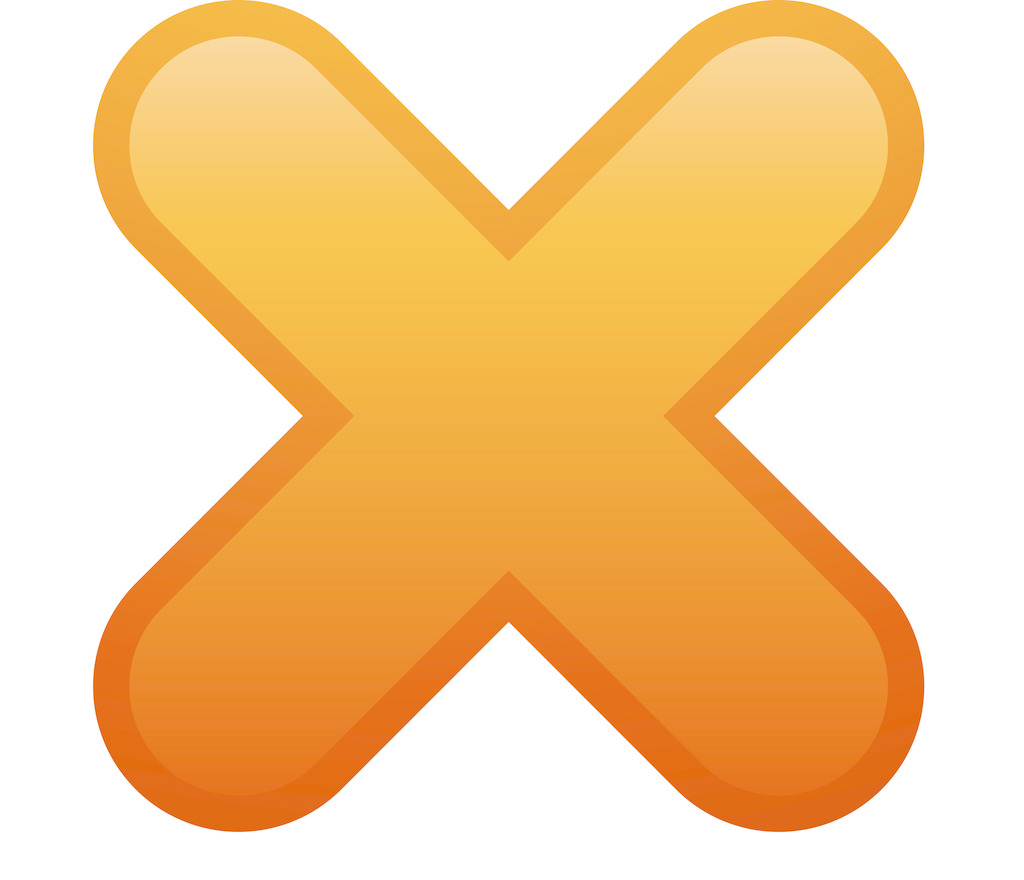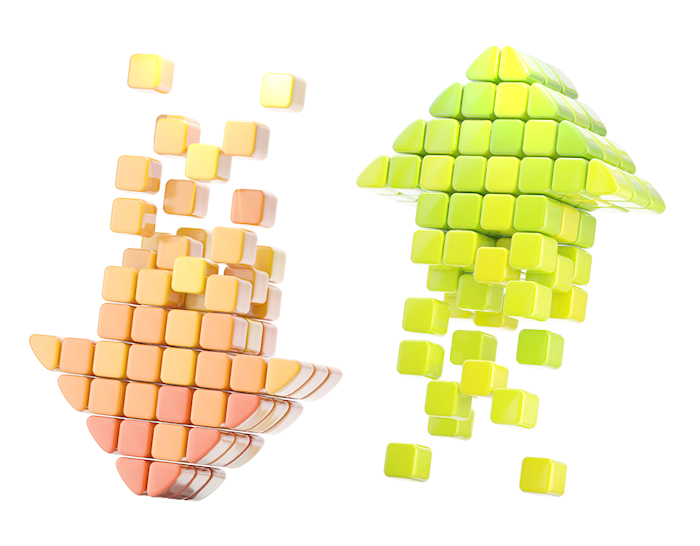Home >Backend Development >PHP Tutorial >10 recommended articles about php array_pop() function
10 recommended articles about php array_pop() function
- 怪我咯Original
- 2017-06-10 13:16:441525browse
php array_pop() function usage and definition? The array_pop() function is one of the PHP Array array functions. Its function is to delete the last element in the array (pop it off the stack). PS: Stack, also known as stack, is a linear table with limited operations. The restriction is that insertion and deletion operations are only allowed at one end of the table. This end is called the top of the stack, and the other end is called the bottom. Inserting a new element into a stack is also called pushing, pushing or pushing. It is to put the new element on top of the top element of the stack to make it the new top element of the stack; deleting elements from a stack is also called popping or pushing. Pop off the stack, which deletes the top element of the stack and makes its adjacent elements the new top element of the stack. After understanding the function of the php array_pop() function, let's take a look at its syntax: Detailed explanation of the syntax array_pop(array) parameters: The array_pop() function has only one parameter array, which specifies which array to delete elements from. There will be examples below to demonstrate the return value of the array_pop() function. It returns the last value of the array. If the array is empty, or is not one ) Usage and definition of function? The array_pop() function is one of the PHP Array array functions. Its function is to delete the last element in the array (pop it off the stack). PS: Stack, also known as stack, is a linear table with limited operations. The restriction is that insertion and deletion operations are only allowed at one end of the table. This end is called the top of the stack, and the other end is called the bottom. Inserting a new element into a stack is also called pushing, pushing or pushing. It is to put the new element on top of the top element of the stack, making it the new top element of the stack; from...
2. php array_pop() function deletes the last element in the array instance detailed explanation
Introduction: The array_pop() function is one of the PHP Array array functions. Its function is to delete the last element in the array (pop it off the stack). PS: Stack, also known as stack, is a linear table with limited operations. The restriction is that insertion and deletion operations are only allowed at one end of the table. This end is called the top of the stack, and the other end is called the bottom. Inserting a new element into a stack is also called pushing, pushing or pushing. It is to put the new element on top of the top element of the stack to make it the new top element of the stack; deleting elements from a stack is also called popping or pushing. Pop off the stack, which deletes the top element of the stack and makes its adjacent elements the new top element of the stack.
3.  Detailed explanation of usage examples of array_push(), array_pop() and array_shift() functions in php
Detailed explanation of usage examples of array_push(), array_pop() and array_shift() functions in php
Introduction: The php array_push function adds one or more elements (push) to the end of the array of the first parameter, and then returns the length of the new array. The array_pop() function removes the last element from an array. The array_shift() function deletes the first element in the array and returns the value of the deleted element. This article will introduce these three functions to you respectively, hoping to help you learn array functions.
4.  php array function sequence array_pop() - delete the last element in the array
php array function sequence array_pop() - delete the last element in the array
Introduction: Definition and usage The array_pop() function deletes the last element in the array.
5.  JavaScript Enhanced Tutorial - Basic Array Processing Functions
JavaScript Enhanced Tutorial - Basic Array Processing Functions
6. Implementing a two-way queue

简介:class deque{ public $queue = array(); public $length = 0; public function rpop(){ $node = array_pop($this->queue); $this->countque(); return $node; } public function rp ...
7. php检查并创建多级目录

简介://检查并创建多级目录 function checkDir($path){ $pathArray = explode('/',$path); $nowPath = ''; array_pop($pathArray); foreach ($pathArray as $key=>$value){ if ( ''== ...
8. 数据结构 c语言版 PHP中使用数组实现堆栈数据结构的代码
简介:数据结构 c语言版:数据结构 c语言版 PHP中使用数组实现堆栈数据结构的代码:在堆栈中,最后压入的数据(进栈),将会被最先弹出(出栈)。 即在数据存储时采用“先进后出”的数据结构。 PHP中,将数组当做一个栈,主要是使用array_push()和array_pop()两个系统函数来完成。 入栈主要是利用array_push()函数向第一个参数的数组尾部添加一个或多个元素,然后返回新数组的长度,示例如下: 复制代码 代码如下:
简介:vb.net数组:vb.net数组 PHP使用数组实现队列:PHP中将数组当做一个栈,主要是使用array_push()和array_pop()两个系统函数来完成。入栈主要是利用array_push()函数向第一个参数的数组尾部添加一个或多个元素,然后返回新数组的长度,示例如下: 而PHP中,将数组当作是队列则主要是用array_push()和array_shift()实现。 复制代码 代码如下:
10. colesafearray php数组函数序列之array_pop - 删除数组中的最后一个元素
简介:colesafearray:colesafearray php数组函数序列之array_pop - 删除数组中的最后一个元素:array_pop()定义和用法 array_pop() 函数删除数组中的最后一个元素。 语法 array_pop(array)参数 描述 array 必需。规定输入的数组参数。 例子 复制代码 代码如下: 输出: Array
【相关问答推荐】:
可以利用PHP 的array_push 和 array_pop 代替redis的list吗?
The above is the detailed content of 10 recommended articles about php array_pop() function. For more information, please follow other related articles on the PHP Chinese website!

